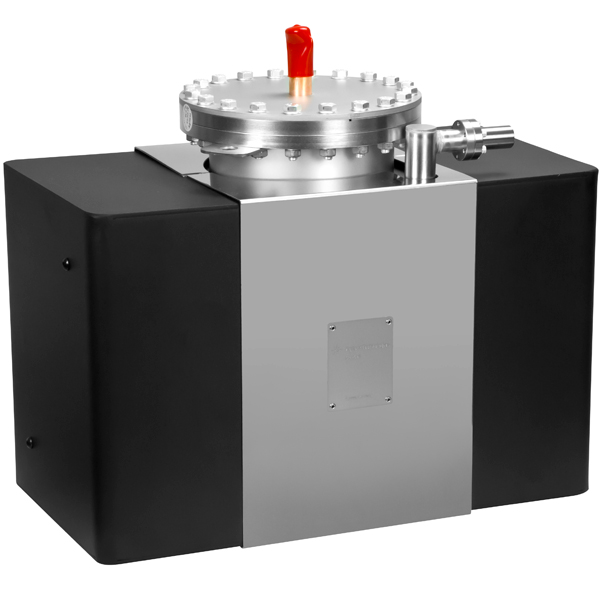| Table of Contents |
|---|
This is a beginners beginner guide to vacuum theory for beginners, and assumes the reader knows nothing about vacuums. It introduces concepts and defines some of the language used to discuss vacuum technology, and is intended to lay the groundwork for deeper understanding.
...
different pumps for different pressures:
Pumps come in many different shapes, sizes, and types.
When we want to get to really low pressures (which is most of the time here at LCLS) we use layered tiers of pumping: where we turn on one type, wait until the pressure stops dropping, then turn on the secondnext, then and again when the pressure stops dropping again we turn on the a third type.
The first layer is good from for pumping room pressure down through viscous flow and a bit into molecular flow. The second layer works best in molecular flow, and gets gets (Fun Fact: for similar reasons we have to use layered tiers of pressure gauges as well)
for more details on thishow they actually work, see the confluence page on vacuum pumps. and for that matter, also see the one page on gaugesas well, we layer those too.
Pressure, revisited: this time it's chambers.
...




